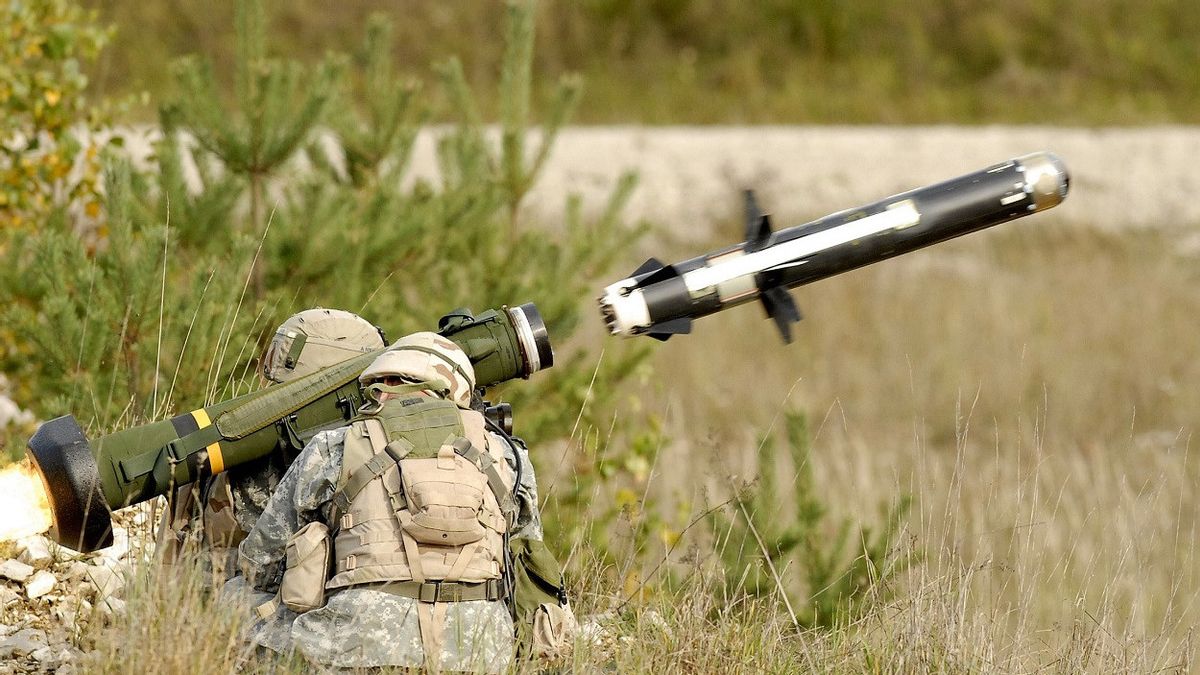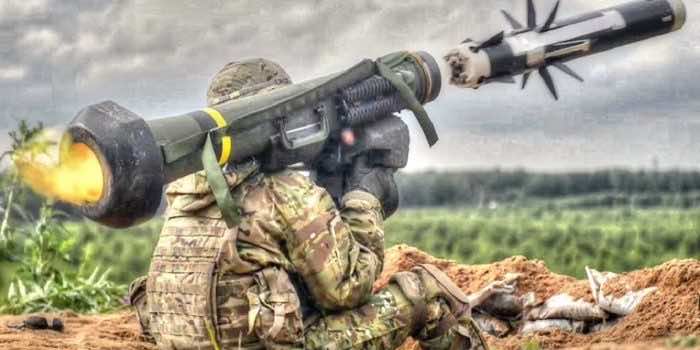In response to Russia’s invasion, the United States and its allies have sent a rush of armaments to Ukraine over the last few weeks. Pictures of wrecked Russian tanks, real or not, on social networking sites have heightened awareness of one weaponry in particular: the Javelin missile. The Raytheon or Lockheed Martin Javelin joint venture produces the flexible, one-man portable prowler Javelin. Raytheon is in charge of the Javelin CLU, ballistic guiding electronic unit, software applications, and system engineering administration, while Lockheed Martin is in charge of the missile sensor, engineering, and manufacturing.
Javelin has had considerable combat deployment in Afghanistan and Iraq. More than 5,000 encounters with the weapons platform have been successfully completed by US and allied troops in Afghanistan and Iraq. During the current Russia-Ukraine conflict, the Ukrainian Army has regularly utilized the Javelin anti-tank missile defense system against Russian tanks and artillery.

The Javelin system is made up of a disposable CLU and a flexible missile housed inside a temporary launch function and overall. It may be utilized both during the day and at night and in any weather situation. The CLU, which weighs 6.4 kg, has an active target identification and firing control module, as well as incorporated day vision and infrared thermography sensors. The Javelin missiles and the ATK (Alliant Techsystems) launching tube component make up the round. The missile has a range of 2,500 meters. Javelin is a fire-and-forget missile with pre-launch lock-on and autonomous self-guidance.
The system is installed and ready to shoot in about 30 seconds, while the reloading time is under 20 seconds. The missile is installed on the CLU, and the shooter approaches the objective using the CLU’s view by dragging a cursor box over the target’s picture. The shooter activates the missile’s automated target tracking system by transmitting a deadbolt signal. The missile is prepared to attack when the system locks on, and the shooter does not do post-launch monitoring or missile guiding. Unlike giant laser skimming or traditional cable or fiber-optic cable missile launchers, the Javelin is self-directed to the objective after launching, allowing the cannon to relocate or replenish quickly.

In any scenario, the Javelin missile stays one of the most powerful systems on the battlefield in the United States, and it appears poised to gain capabilities and be employed on a wider variety of systems. Its appearance, or lack thereof, on conflicts throughout the world will be both significant and closely monitored.


